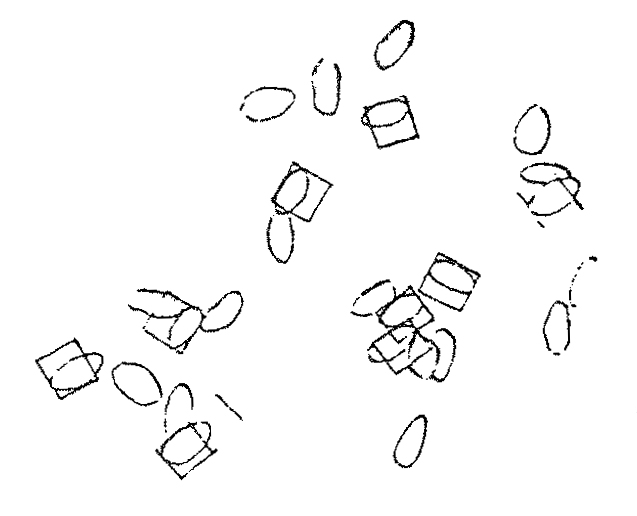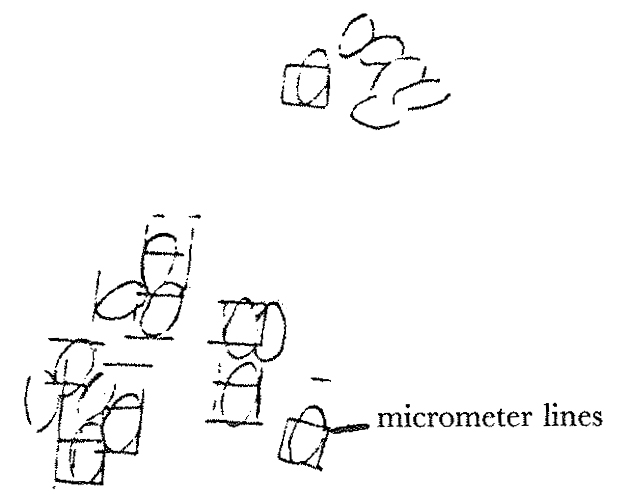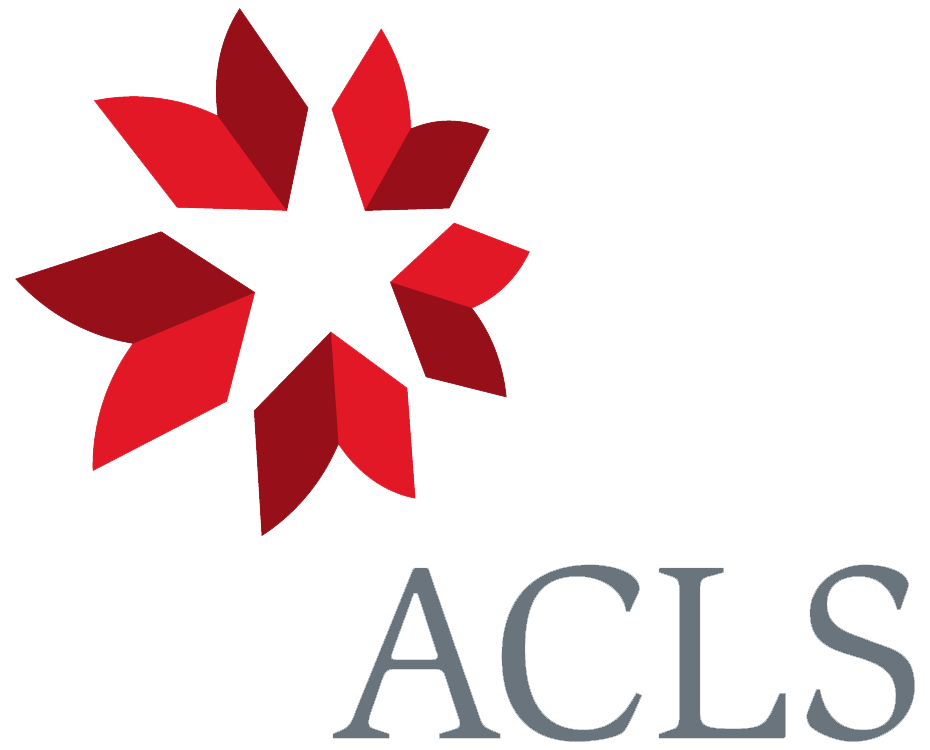From W. E. Darwin 5 August 1862
Southampton & Hampshire Bank, Southampton
Aug 5 1862
My Dear Father,
I have got your fine long Lythrum letter, and have packed off the boys at once to watch and gather 99 pieces cautioning particularly about taking different plants.1 I quite understand the diagram, it is quite beautiful how they all fit each other, and if that is not the way they cross, more fools they is all I can say. It is so elegantly symmetrical, as well as its being so probable that insects should impregnate stigmas of the same height as the stamens from which they got the pollen; I mean to look if the shorter stamens on all have yellow pollen, because then you see each pistil will be impregnated by one sort of pollen either green or yellow, and it will be so odd that the pollen of long stamens of the long styled plants should be yellow on purpose to suit the middle length styled plants.—
I will look again about the maturity of the L. styled. I think it is quite certain that the yellow pollen deceived me; but I remember thinking that the anthers seemed less open, and the pollen softer; but when I class the plants I will look to that; I am not quite certain that the filaments of L. styled don’t become red when ripe.2
I can easily mark some plants. I am sorry to say the rare Lythrum does not grow about here,3 it seems to be a rare plant.
I send you drawings by Camera Lucida and measured by micrometer of the pollen of L. styled4 you will see there is a decided difference in size. I could easily draw all the others; tell me if that is too large a size; the difficulty is to know when to draw them5 I drew the enclosed just as the anthers open which seems a good middle time— tell me what time? as they vary so in shape at different ages; in the bud they are spherical, and get elliptical as they get older. I shall not finish this till I have classed the kinds this afternoon. I got Mama’s letter, & Orley6 please send July Orley and the shirt-front, Franky is not sure whether he has got one or two shirts at all events he can’t spare one to be mended.
I had a very nice visit from Aunt Susan7 she went off yesterday afternoon, we luckily had a beautiful Sunday.
We are off to Christ Church tomorrow to look at Muddyford for houses,8 which is said to be very nice, but does not sound it.
Tuesday
I examined 102 plants this morning9
42. Long styled
31 M. — [RBRACE] 102.
29 Short —
I think I found a Long styled with green pollen this morning—but will look at it again, anyhow it was only one. I did not quite know whether you wanted more specimens at once, send me a line if you do.
I have just written an account of Bournemouth to Mama in London from where (Bournemouth) I and the two boys have just returned.10
Your affect son | W. E Darwin.
[Enclosure]11
drawn Cam. Lucida. Aug 1. 62.
the measurings by the micrometer seem unequal—and make it more difficult to judge of the sizes

Short stamen’s pollen from same flower under same power —

Long stamens pollen from long styled Lythrum.— open flower— anther valves just beginning to open under strongest object glass and eye piece
CD annotations
Footnotes
Bibliography
Hall, John N. 1991. Trollope. A biography. Oxford: Clarendon Press.
Trollope, Anthony. 1862. Orley Farm. 2 vols. London: Chapman and Hall.
Summary
Has read CD’s long letter on Lythrum and agrees with it. Is examining the pollen of the different types.
Letter details
- Letter no.
- DCP-LETT-3683
- From
- William Erasmus Darwin
- To
- Charles Robert Darwin
- Sent from
- Southampton
- Source of text
- DAR 27.2 (ser. 2): 32 bis, DAR 162: 92
- Physical description
- ALS 4pp †
Please cite as
Darwin Correspondence Project, “Letter no. 3683,” accessed on 19 April 2024, https://www.darwinproject.ac.uk/letter/?docId=letters/DCP-LETT-3683.xml
Also published in The Correspondence of Charles Darwin, vol. 10


